UFOs, commercial spaceflight and rogue tomatoes: Recapping 2023's wild year in space
Events in our skies and beyond the reaches of Earth's atmosphere dazzled, amazed and sparked plenty of wonder this year.
The enigmas of outer space and the distant planets that populate it have, of course, always captivated the public. And thanks to advances in technology – including the growing utility of NASA's powerful James Webb Space Telescope – scientists in 2023 continued to glean even more insights about the vast cosmos.
Here are five of the top stories from 2023 about space exploration – and even the potential of interstellar visitors here on our own planet.
The year ahead in space: A return to the moon and a rare eclipse among 5 great space events on the horizon in 2024
UFOs, extraterrestrials and reports of close encounters
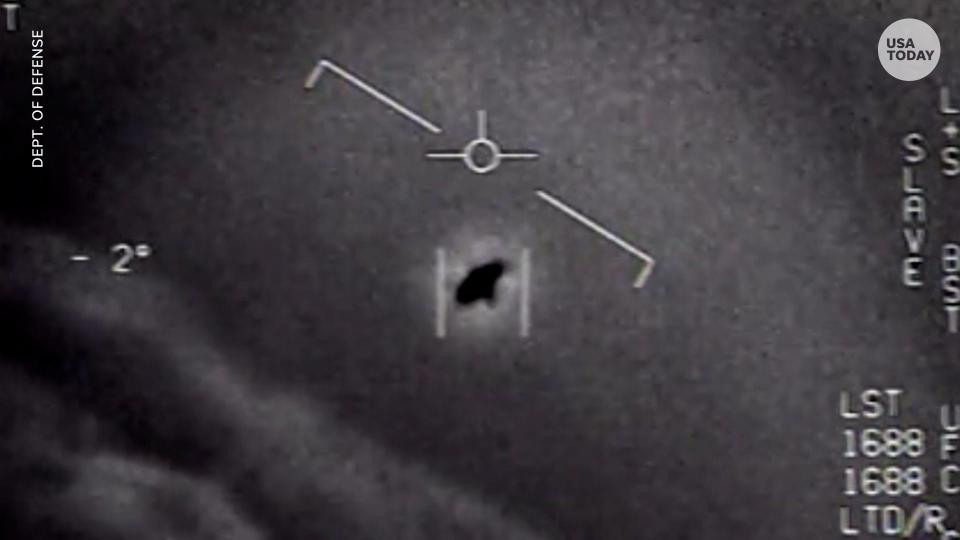
Aliens had something of a moment in 2023 – or, at least speculation about them did.
It began in July within the halls of Congress when elected officials had their latest foray into the topic of UFOs, which the government now refers to as unidentified anomalous phenomena (UAP.)
The explosive hearing featured testimony from three former U.S. military officers. For hours, the men – two Navy veterans and former Pentagon intelligence official David Grusch – regaled congressional leaders and Americans watching a livestream from home about mystifying crafts outmaneuvering our military and shadowy government programs to study extraterrestrial beings.
The hearing served to reignite long-held public suspicions that the U.S. military and other high levels of government are concealing information about extraterrestrial activity and galvanized a movement for transparency. Aliens also became pop culture fodder, as Netflix released a docuseries, actor Goldie Hawn recounted her own close encounter, and MoonPie launch a tongue-in-check campaign to advertise to them.
In the ensuing months, the Pentagon launched an online reporting tool where the public can also access declassified UFO information, while NASA released a highly-anticipated UAP report outlining the space agency's intention to continue studying reports of the objects.
But momentum toward the disclosure many had longed for was dealt a blow earlier in December when Congress passed a watered-down version of a bill seeking the release of the executive branch's UFO records.
Contacting extraterrestrials: Does NASA need a new Golden Record?
The birth of commercial spaceflight
This year marked the dawn of the commercial space age as the first paying customers left our planet's atmosphere on rockets bound for low-Earth orbit.
Billionaire Richard Branson's company Virgin Galactic began in June by taking a crew of three specialists with the Italian Air Force and the National Research Centre of Italy to conduct microgravity research on the edges of space.
By August, the first civilian ticket-holders were taking a ride to the final frontier, marking a major milestone that was years in the making. Private companies owned by billionaires have been in a heated space race for years.
Though Virgin Galactic got there first, Jeff Bezos' Blue Origin and Elon Musk's SpaceX may not be far behind.
NASA makes advances in space exploration
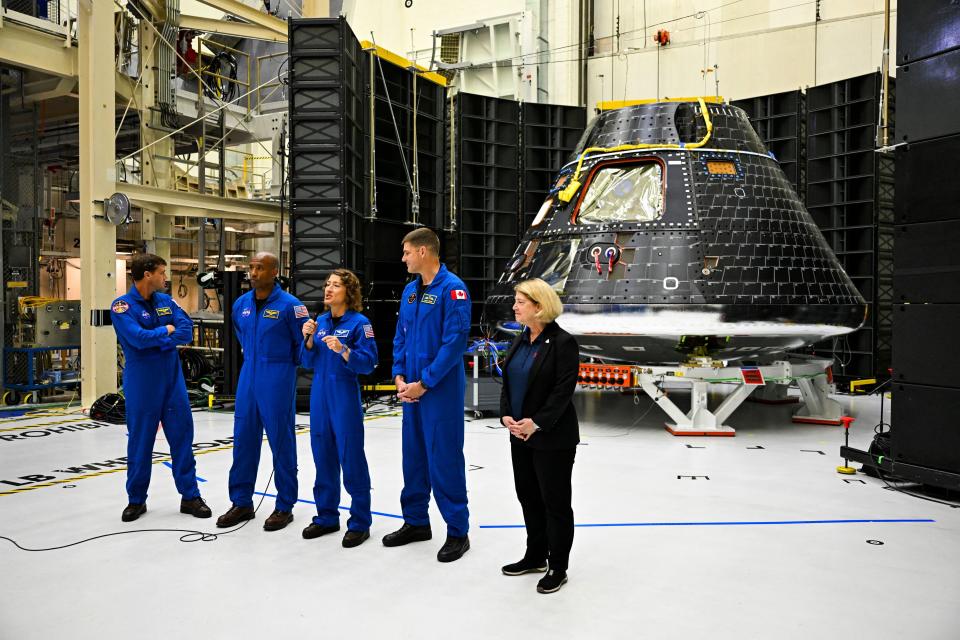
Humanity remained as curious as ever this year to explore the infinite bounds of the cosmos and understand the universe.
At NASA, the space agency was finally able to launch a long-awaited unmanned mission to a distant metal-rich asteroid while prepping for future crewed missions to both the moon and even, one day, to Mars.
The crew-less Psyche spacecraft launched in October from NASA's Kennedy Space Center in Florida on SpaceX's triple-core Falcon Heavy rocket. The shuttle is now on a six-year, 2.2 billion-mile expedition to the asteroid belt between Mars and Jupiter, where scientists hope to study an asteroid of the same name to glean valuable insights about Earth's own core.
In a positive sign of the mission's progress, NASA was able to transmit a video earlier in December from Psyche back to Earth of an adorable cat named Taters in a test of its technology.
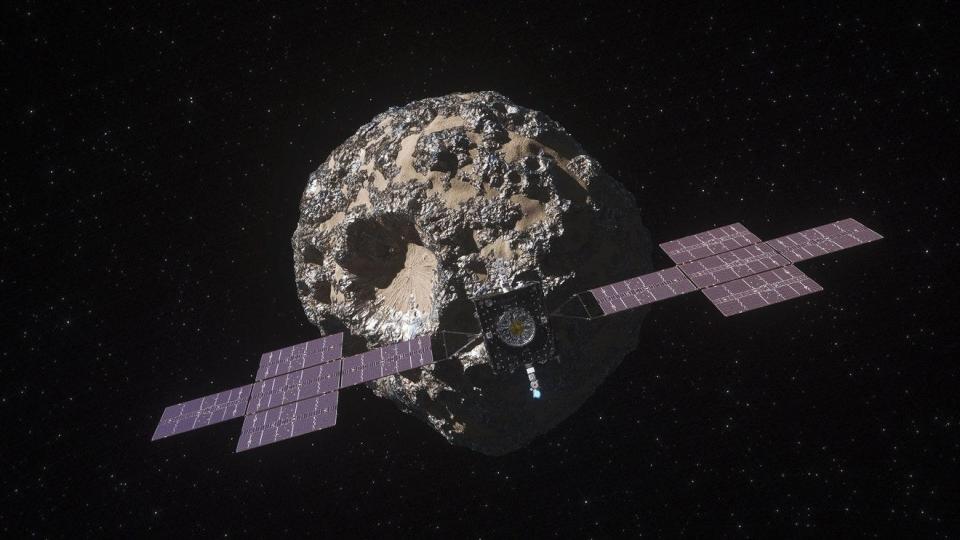
The space agency is also readying its next lunar mission, set to launch in 2024.
The Artemis program represents NASA's interest in journeying to the moon for the first time in a half-century. This year, the four-member crew of the upcoming Artemis II mission got a first look at the craft that in 2024 is slated to take them on a 10-day journey around the moon.
NASA had hoped to land astronauts on the lunar surface itself in 2025 for Artemis III, which would be the first time Americans set foot on the moon since the last Apollo mission in 1972. But that mission was dealt a setback in early December when a report concluded that it preparations would likely not be complete before 2027.
When the Artemis III crew finally does launch in the coming years, they are intended to land at the moon's south polar region, where they will stay for about one week. Ultimately, NASA hopes to establish a permanent human presence on and around the moon to serve as a base of operations for future missions to Mars.
Planetary discoveries and interstellar revelations

From ancient ghost galaxies to strangely synchronized orbiting planets, this year was one brimming with cosmic discoveries – too many to summarize them all.
Many of the finds were thanks to researchers the world over more frequently harnessing the power of NASA's James Webb Space Telescope and the complex data it provides. Thanks to Webb, scientists learned a lot this year about star-orbiting exoplanets outside our solar system including one that rains down sand.
In addition to making discoveries about the sand clouds of WASP-107b, researchers found other exoplanets similar to our own and even were able to uncover evidence of a possible ocean world larger than Earth with conditions that could support life.
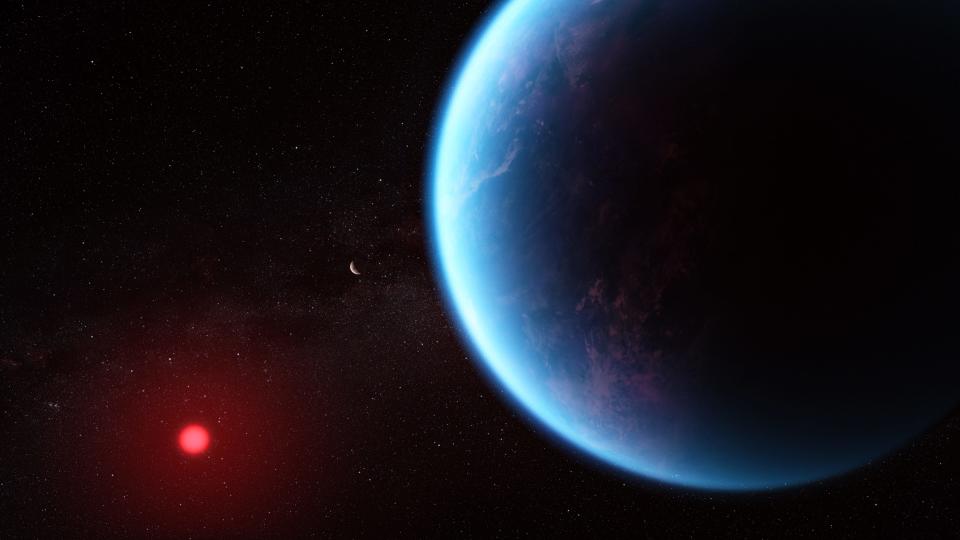
The powerful Webb telescope also helped scientists yield valuable insights into enigmatic black holes.
This year, researchers were able to pinpoint the oldest black hole ever discovered, confirming the theory that supermassive black holes were part of the early universe. Formed 470 million years after the Big Bang, the supermassive black holes are 10 times bigger than the black hole in our own Milky Way.
Speaking of which, our own black hole, known as Sagittarius A*, was found this year to be spinning so rapidly that it is altering the fabric of space-time around it. Not to worry though: there is no threat to humanity.
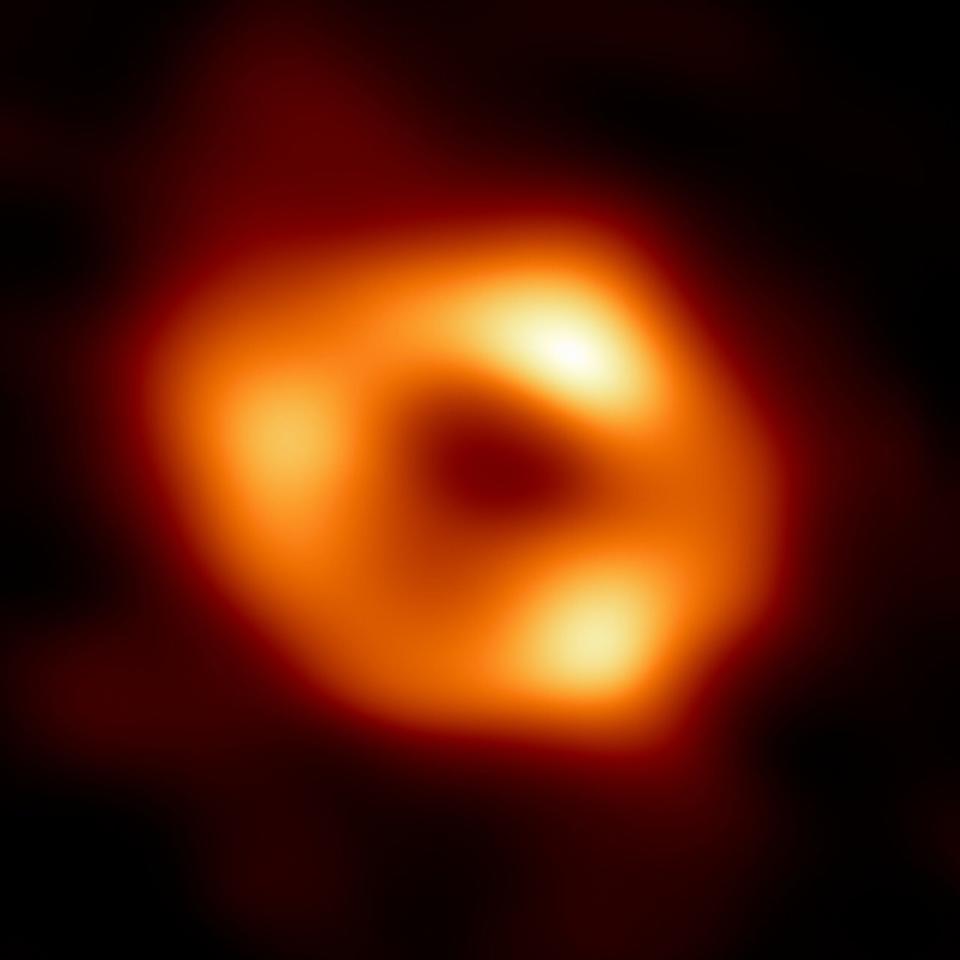
What is space junk? How aging satellites and lost astronaut tools pose a growing orbital threat
Other cosmic oddities, from Brian May to rogue space tomatoes
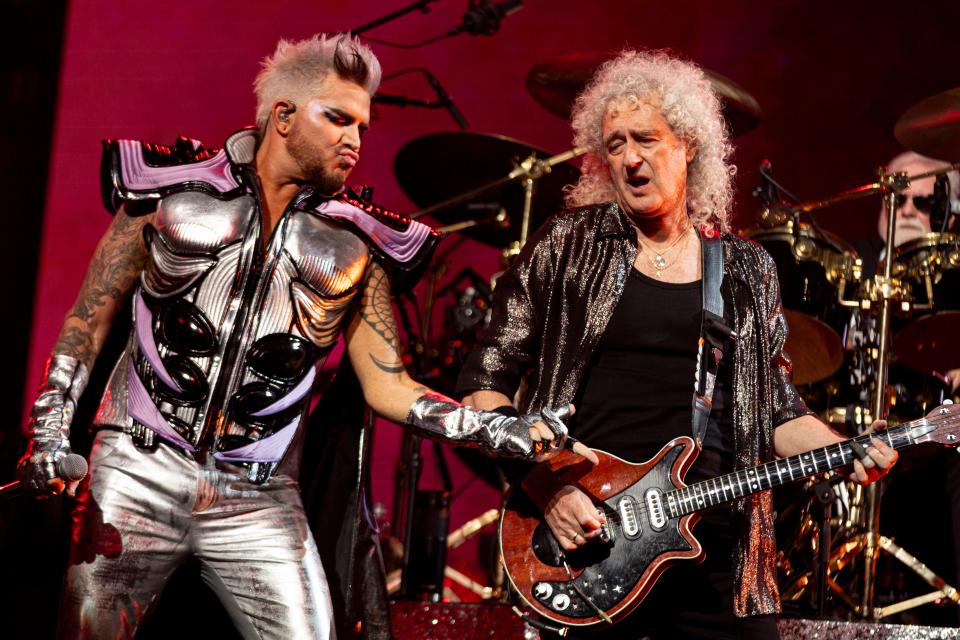
Some stories of outer space in 2023 were on more of the outlandish side and – dare we say it? – even a little funny.
Surely, you may be asking, the Brian May of famous rock band Queen fame was not the same one who helped NASA return its first ever asteroid sample to Earth? Ah, but he was!
The legendary 76-year-old guitarist enjoys a healthy interest in science that extends well beyond the realm of hobbyism. May is also an accomplished scientist who put his doctorate in astrophysics to use when he was an integral part of the mission to obtain a sample of rocks and dust from the asteroid Bennu.
Readers may also have gotten a chuckle out of the saga of rogue tomatoes baffling crew members aboard the International Space Station.
Astronaut Frank Rubio certainly did – and he was the prime suspect behind the produce's disappearance. Rubio had been tending to the tomato plants in 2022 as part of a scientific experiment when unripe fruits came free.
Though Rubio put them in a bag and tried to securely store them, the tomatoes soon vanished. But other crew members seemed to doubt Rubio's story, and cheekily accused him for months of eating the produce.
That is, until what was left of them were discovered recently long after Rubio had departed for Earth.
Rubio of course had another claim to fame long before the tomato story swept the news cycle.
In September, the 47-year-old former Army doctor and helicopter pilot made history as the American with the record for the longest spaceflight. Rubio's 371 days in orbit helped him surpass the previous American endurance record set in 2022 by more than two weeks.
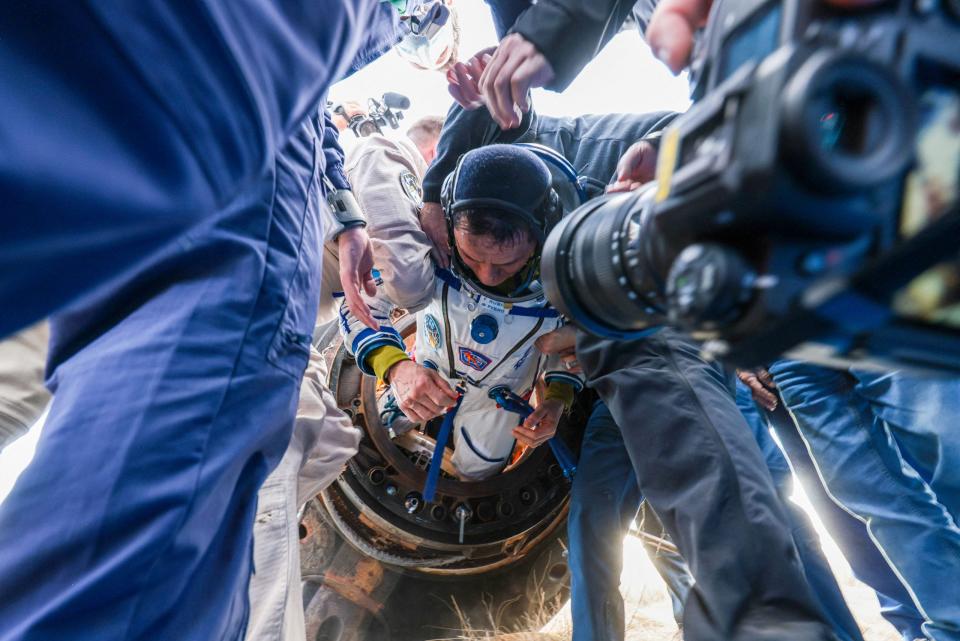
Eric Lagatta covers breaking and trending news for USA TODAY. Reach him at elagatta@gannett.com
This article originally appeared on USA TODAY: Aliens, NASA and commercial spaceflight: Top space stories of 2023

